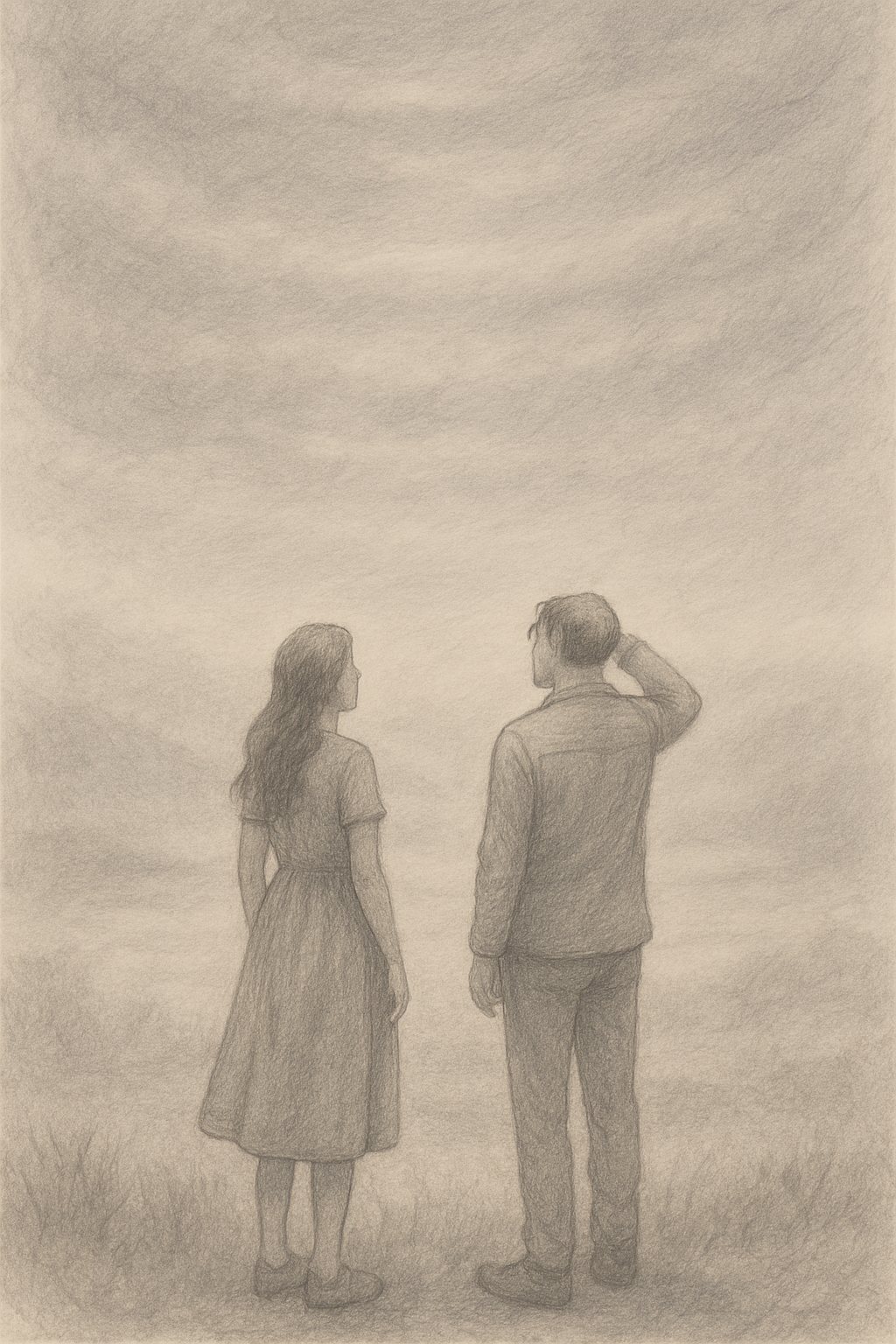The one who seven heavens is impossible otherwise, one above the other. You will never see any imperfection in instantiation of the one who is boundless being bound to womb-like compassion. So look again: Do you see any flaws? Then look again and again! Your sight will return exhausted and it is regret.

Architecture is literally defined as, “formation or construction resulting from or as if from a conscious act”, “a unifying or coherent form or structure”, “a method or style of building”, “the manner in which the components of a computer or computer system are organized and integrated”.
Architecture and reasoning are two fundamental aspects of a system as a unifying structure and a manner of integration and organization. The architecture of a system is the mean upon which reasoning is possible and the reasoning is the process of understanding and modifying the architecture. No reasoning without architecture and no architecture without reasoning. The two are linked and together as they form the basis of a system’s evolution.
Reason is “a sufficient ground of explanation or of logical defense”, “the power of comprehending, inferring, or thinking”. But in a computer system, the code is the explanation. And the explanation is changing. Changing code is changing reasons? And changing reason is changing architecture? But how the architecture is secured if changing? The answer is it won’t unless the architecture is resistant to change. And no architecture is resistant to change unless it is code. And it can not be a code unless a modifiable code. Another way to say that is, an uncoded architecture is an anti-architecture, otherwise why not to code it and keep track of its changes as we keep track of changing code?
And code is function by name and instructions. So a coded architecture are named functions with modifiable instructions. These functions give a role to system components and the instructions are the implementation of these roles. So the whole system is a function when there is nothing inside except other functions. The whole system is a loop over realizing the properties described as input. Therefore disregarding the size, relations and complexity of the system, the architecture secures reproducibility of the system over changing inputs and there is no output except a new input! So the entire system is by the inputs and for the input and so gives no interest unless to the input! As all inputs could be seen as a changing vector, the entire system is named by that vector! And as an outsider the vector is just as a fog while it is entirely meaningful from inside!
The architecture is not only the foundation of a system, which a new components is built on top of existing components without size and complexity limitation as the architecture is code and is a backward compatible/combatable changing code. So architecture is always parallel to the entire system as neither the system forces changes to the architecture nor the architecture forces changes to the system. The system doesn’t have a pillar unless the architecture is the second and it doesn’t have two pillars unless the architecture is the third and it doesn’t have three pillars unless the architecture is the fourth and so on. The architecture is a guarantee of backward compatibility/combatability, forward compatibility/combatability, efficiency and security of the entire system. And all these come together!
A proper architecture is by backward compatibility/combatability and for backward compatibility/combatability but not only that it is also for forward compatibility/combatability and by forward compatibility/combatability. Therefore the very end and the very beginning of the system must be the same otherwise time works against the system if not working for the system! Why a dead system need an architecture and if there is an architecture then why eating a dead? We don’t beging/begin with the end in mind unless we end with the begining/beginning in mind!